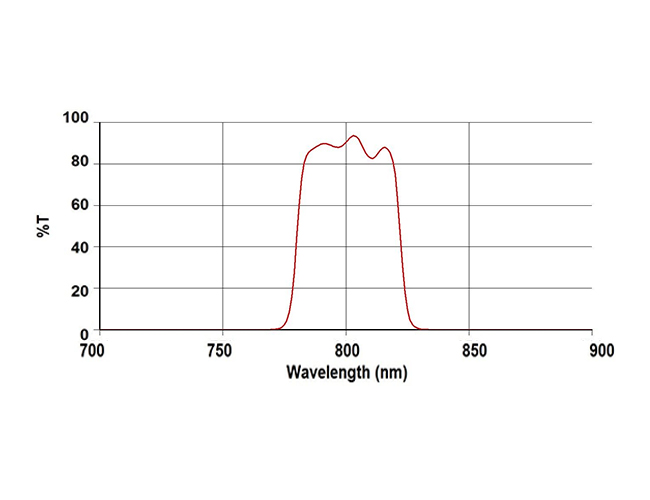ISO9001 Certified Professional Manufacturer & Supplier of Optics
+86-0431-87911611 admin@ytoptics.com
Contact us
-
 Email: admin@ytoptics.com
Email: admin@ytoptics.com
-
 Tel:86-0431-87911611
Tel:86-0431-87911611
-
 Add: 2# Automotive Innovation
Add: 2# Automotive Innovation
Jilin Province, China
Changchun Yutai Optics Co., Ltd.
Home > Products > Filters > Bandpass Filters

Infrared Bandpass Filters
An infrared bandpass filter is an optical element that allows the transmission of a specific infrared wavelength range (usually 0.7μm~14μm) and cuts off other wavelengths (such as visible, UV or non-targeted infrared wavelengths). Its core function is to improve the signal-to-noise ratio and enhance the detection ability of the target band, which is widely used in infrared imaging, thermal sensing, gas detection, military optoelectronics and other fields.
Share this:
| Parameter | Typical Value/Range | Description |
| CWL | Customized on request (typically 0.7μm-14μm) | The wavelength point with the highest transmittance needs to be matched to the detector or light source. |
| FWHM | 0.1μm - 5μm | Narrow bands (e.g., 0.1 μm) are used for laser or spectral analysis, and broad bands (e.g., 3-5 μm) are used for thermal imaging. |
| Tpeak | 70% - 95% | LWIR transmittance is usually low (~80%) due to material absorption and coating process. |
| OD | OD3 - OD6 (T<0.1%) | The ability to block non-target bands such as visible (OD4) or adjacent infrared bands (OD3). |
| AOI | 0° (vertical incidence optimal) | Large angle incidence may result in wavelength shifts (e.g. 1-2 μm CWL shift at 30° incidence). |
What types of infrared bandpass filters (by wavelength) are available from Yutai Optics?
Short Wave Infrared (SWIR, 0.7-2.5μm)
Typical applications: night vision, semiconductor detection(e.g. InGaAs detectors with 1.55μm filters).
Materials: Si, fused silica, coated materials (SiO₂/Ta₂O₅).
Mid-wave infrared (MWIR, 3-5μm)
Typical applications: missile guidance, gas detection (e.g. CO₂ 4.26μm absorption peak).
Materials: Ge, ZnSe, Si, coated materials (YF₃/ZnS).
Long Wave Infrared (LWIR, 8-14μm)
Typical applications: thermal imaging (peak body radiation ~10μm), weather monitoring.
Materials: Ge, Si, ZnSe, coated materials (ThF₄/Ge).

TALK TO US 86-0431-87911611
86-0431-87911611
Call us now!
 86-0431-87911611
86-0431-87911611Call us now!
ONLINE CHAT
 2433808388
2433808388

